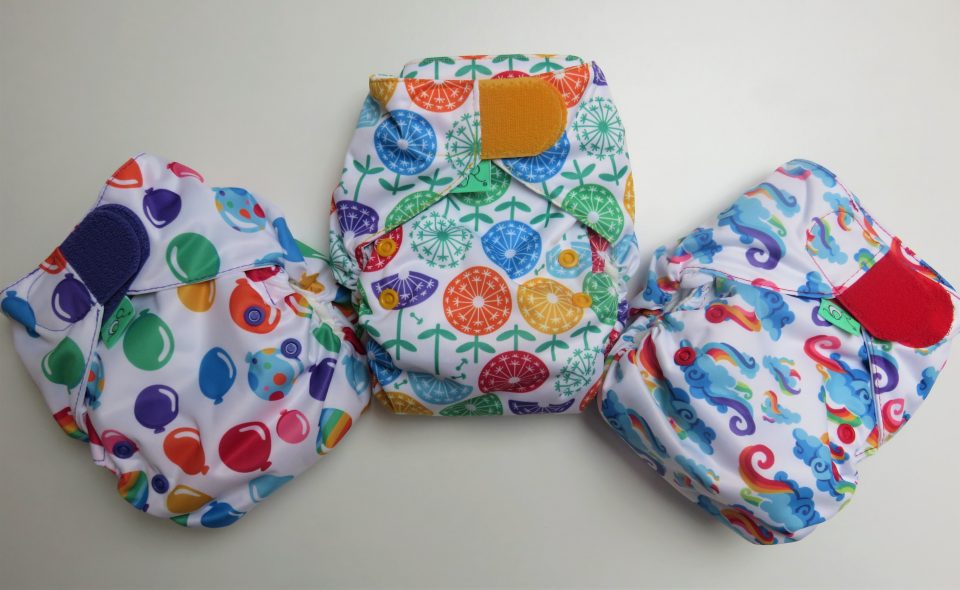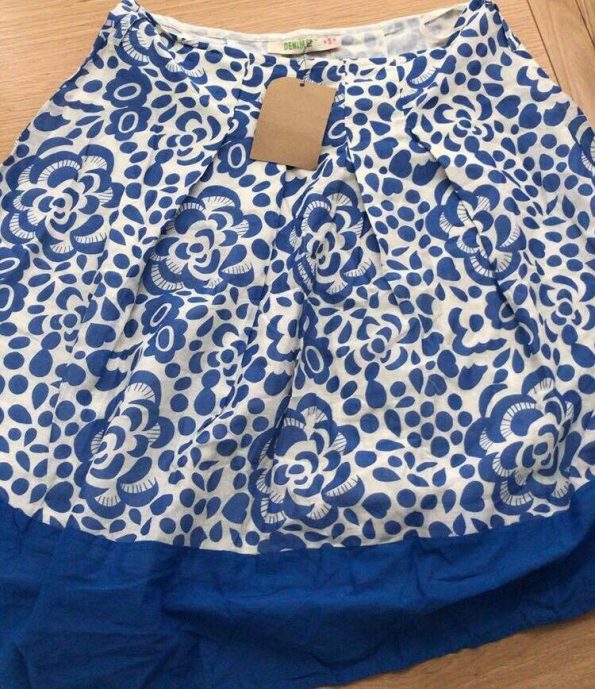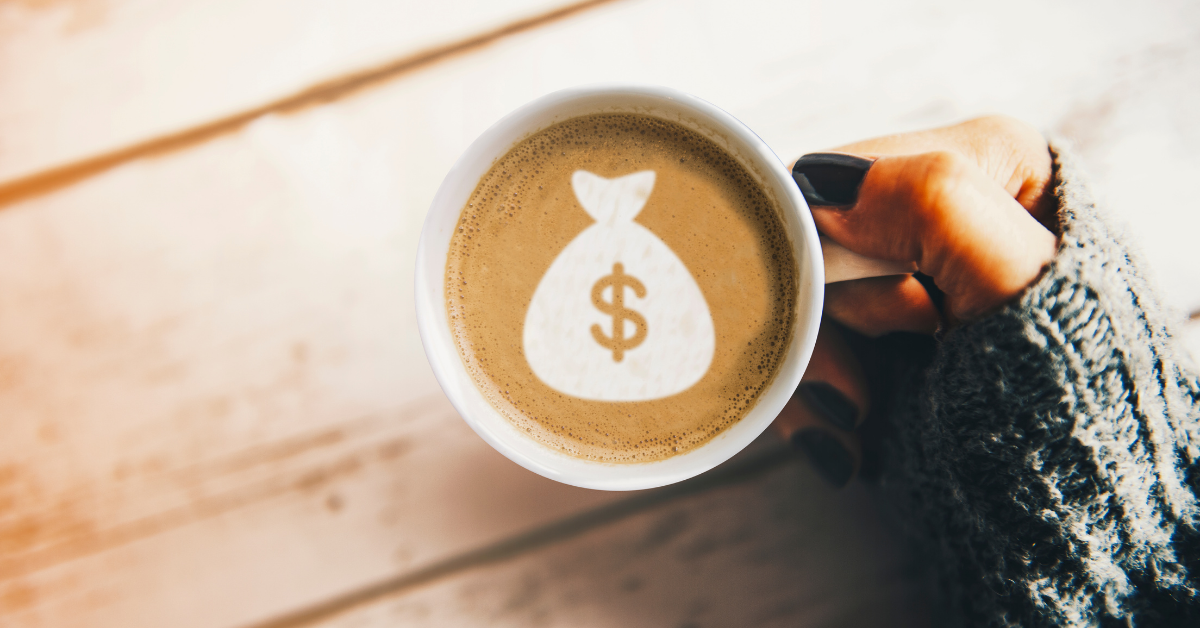
How To Be Eco-Friendly On A Budget

*Affiliate Links
Ok, so since making a lot of changes over the last year in order to become more eco-friendly there has been one obstacle that I have come up against time and time again: the sheer cost. Yep, as soon as you start looking for products that start with the word ‘eco’ you can guarantee that the price is going to be far higher than your usual product – and yes there are reasons for that, important reasons but not everything has to cost you loads, which is why I am finding ways of being as eco-friendly on a budget as I can be and I wanted to share some of these with you as it is a topic that comes up quite a lot and if we truly want to make a difference to our environment it needs to be achievable for everybody.
Here are my tips on how to be eco-friendly on a budget:
Cloth/Reusable Nappies
Price is most probably one of the biggest things that put people off buying reusable nappies. Everybody looks at the initial outlay expense which yes, can shock anybody and they are put off from the get-go but there are a few factors to look at here.
First off, there’s the fact that cloth nappies will save you money in the long run. If you were to buy every disposable nappy upfront for your child it would cost you in the region of £1200 but to buy all of your reusables upfront it will cost you around £200-£250. That is a saving of around £1000 over 2 1/2 years!! So in the long term, you are saving… However, this isn’t possible for every person’s situation so what else can you do to be able to afford this eco-friendly swap?
Reusable nappies on a budget
1. Find a local cloth nappy library
Here you will not only gain an expert to give you tips and advice, but you will also be able to try out as many different brands as you want in order to find the perfect match for your child.
2. Local council nappy scheme
Check to see if your local council has a cloth nappy scheme where they provide you with a voucher to help to get you started. This does depend on location and each area will vary in what they can offer but it is worth a try. You can check your area on Fill Your Pants Website but if it doesn’t appear I would get in contact with your local council or MP to show that the demand is there and find out if anything can be done or will change in the future.
3. Buy pre-loved
I purchased my first 4 nappies from Bambino Mio and when I realised I liked them I went on to buy quite a few pre-loved ones on eBay. I have since joined several cloth nappy Facebook groups and have picked up some great bargains. There is nothing wrong with buying second-hand, the nappies are not dirty or stained, the people advertising them are very upfront about their condition and usage and you will find that because cloth nappy parents adore their stash, they look after them extremely well. I have heard of some parents picking up nappies for as little as £2-£5 in some groups so it is worth joining them, turning on your notifications and jumping on the threads as fast as you can.
4. Ask for them as gifts
I did this last year for William’s birthday. He’s a second child, we have all of Jake’s old clothes to hand down, we have enough toys to open a toy shop of our own and there isn’t really much else a 1-year-old needs so I went for what we would use, what we would find useful and what would help us out with costs. I simply chose the styles I liked and sent the links to a few family members. This way you could easily get a nice number of nappies added to your stash immediately.
5. Shop the sales
Keep a close eye on your favourite brand’s site, look out for other eco-friendly websites that sell cloth nappies who may be having a stock clearout and don’t forget to check Aldi because they now stock Bambino Mio.
And remember, you do not need to have 20 nappies to start your cloth nappy journey. I certainly didn’t. I gradually built my stash up over a year and made the transition to full-time cloth nappying over the course of a couple of months. Even 1 cloth nappy per day will save 7 disposables going to landfill a week which is still a positive impact on our environment. It doesn’t have to be all or nothing so don’t beat yourself up over it.

Reusable Cloths and Wipes
These are so easy to make yourself and completely free too! For baby wipes either cut up old flannels or towels into even sized squares. For dusters, surface wipes, bathroom wipes and so on you could cut up an old t-shirt or other cotton tops all of which can be washed when dirty and reused.
Alternatively, if you are handy with a sewing machine, you could make your own wipes using patterned material on one side and fleece or flannel on the other side.
Cleaning Products
I am really enjoying learning about the way in which natural cleaners can help around our home and have just started to experiment with making my own too.
Some easy to use products include white vinegar, bicarbonate of soda and citric acid.
White vinegar is a natural disinfectant which makes it perfect for household cleaning. From cleaning your surfaces to cleaning your toilet, bringing your mirrors up sparkling to killing any unwanted bacteria in your washing machine, this will become your cleaning staple. You can buy this in all supermarkets or online. I bought mine on Amazon in bulk for £9.45.
Bicarb is a natural deodoriser which means it can have a lot of uses around the home too. Use it on smelly carpets, down the toilet, in the washing machine and even to unclog blocked drains as when it mixes with vinegar it fizzes. I have found it in a shop in town for around £2 but have also purchased it online too.
Citric acid is an amazing natural descaler. I have struggled with limescale in our home since the day we bought it. This is probably one of the worst areas for it and we have had to bin so many kettles due to the limescale breaking them as well as our water tank! Yes, it is that bad! So, I have gone through the all of the standard supermarket aisle descalers and cleaning products searching for the best one and none have done exactly what they promise. Those sachets for the kettles have always made me wonder how safe they are as the gases they let off make me gag and I also did more rinses and boils after than what they stated because I was worried about ingesting the chemicals… That should never be the case, should it? We shouldn’t be using products that make us worry about our health.
Anyway, I heard that citric acid would work and it has not failed. In fact, it is the best descaler I have ever come across. My kettle looks like new after use, my washing machine has had several doses of it and I have even used it on my dirty shower screens. This stuff is amazing and I will never go back to yucky chemicals. I’ve managed to find this in a little shop in my town and it has cost me just £1.99.
Make your own
The easiest recipe for making your own surface cleaner is:
Half fill a spray bottle (it can be an old plastic spray bottle from a product you have finished, just wash it out sufficiently) with boiled water. Fill the other half with your white vinegar and add 10 drops of lavender oil to give it a nice aroma. Give it a good shake and it is ready to use straight away.
There are so many recipes online and so many other ingredients you can use, such as lemons, limes, oranges, other essential oils, tea tree, Rosemary, Cinnamon, Thyme… And you can tailor these to your own preference too. It is actually quite good fun experimenting and finding out what works for you.

Soap
We have loved switching back to soap from liquid handwash. It doesn’t have to be pricey, it doesn’t really matter which brand you go for and it does the EXACT SAME JOB! It is soap, it cleans, that is it. You will be saving more single-use plastic from going to landfill and you can choose a soap that is wrapped in paper or cardboard that can be easily recycled.
Charity Shops
Eco clothing can be so cute and gorgeous and colourful but unfortunately, sourcing those ethical materials is a pricey business which means the retailer has to cover those their end too. As much as we would all love to dress eco-friendly all of the time, it would just be far too costly which is why shopping secondhand is the next best thing. I actually read the other day that if everybody used their clothes for an extra nine months you could help to reduce your carbon footprint, water and waste by 20-30%. So, how about having a clear-out and donating anything you don’t wear to a charity shop and then doing your new clothes shopping in there too? Yes, it can be a bit hit and miss and it may take a few trips around several shops to find something you like but how good does it feel when you find a bargain? I love it! I recently picked up a gorgeous skirt for summer parties for £3, a pair of Next Harem pants, which looked brand new, for £5 and a jumper for £2.50. I skipped out of that charity shop! They are also perfect for finding china cups/plates/bowls, vases, homeware, kids toys and I even picked up a wetsuit for Jake last year for a mere £2.50! If you want to read more tips on shopping secondhand then check out this post.

Those are just a handful of tips on how to be eco-friendly on a budget and I’m sure this post could have gone on and on, but some other really simple things include:
- walk to your destination as much as you can
- take public transport instead of your car
- reuse your plastic bags or buy tote bags for shopping
- reduce your plastic purchases as much as you can by looking for alternatives in the supermarket, for instance, buy jam in a jar that can be recycled or reused instead of the one in the plastic bottle
- switch off your appliances and heating as much as you can at home, reducing energy plus water is a great way of helping the environment
- compost your food and garden waste to prevent more going into landfill
- buy pet food in tins or dried food in paper bags rather than plastic sachets and plastic bags
- reduce your meat intake
- take reusable tubs to the supermarket to get your fresh meat and fish at the counter
- shop at the market for fresh produce
- buy reusable breast pads- I found a set of 3 in Asda for £1!
- invest in a menstrual cup, CSP and/or period pants (although I know these are an expense at once like cloth nappies are and not always possible)
- get recycled products wherever you can- toilet roll, tissues etc.
- don’t use the plastic bag for fruit and veg that is provided in the supermarket. Either pop them into the trolley as they are or take your own cloth bags
- use flannels instead of make-up remover/disposable wipes
- grow your own fruit and veg
There are so many simple and achievable things you can do to make sustainable swaps in your life, the biggest challenge is usually changing our mindsets and taking the leap into doing something new and slightly out of our comfort zones. Once you get used to that change it will feel like the norm and then the next change feels so much easier.
AND remember that by just changing a few things in your life you will be working towards making a big positive impact on the environment.
Let me know if this helped and if you have other ideas to add. How are you being eco-friendly on a budget?

*This post contains affiliate links.
Pin for later:

If you enjoyed this post you can follow more of our life, opinions and antics over on Facebook, Twitter, YouTube and Instagram. Plus feel free to come and join in with my parenting group ‘From One Parent to Another’ on Facebook.
If you’d like to contact me you can either leave me a comment or drop me a line via my contact me page.
For other topics similar to this one check out these suggestions below…





Brilliant tips, thanks for sharing! I am on another push to find more ways to be greener.